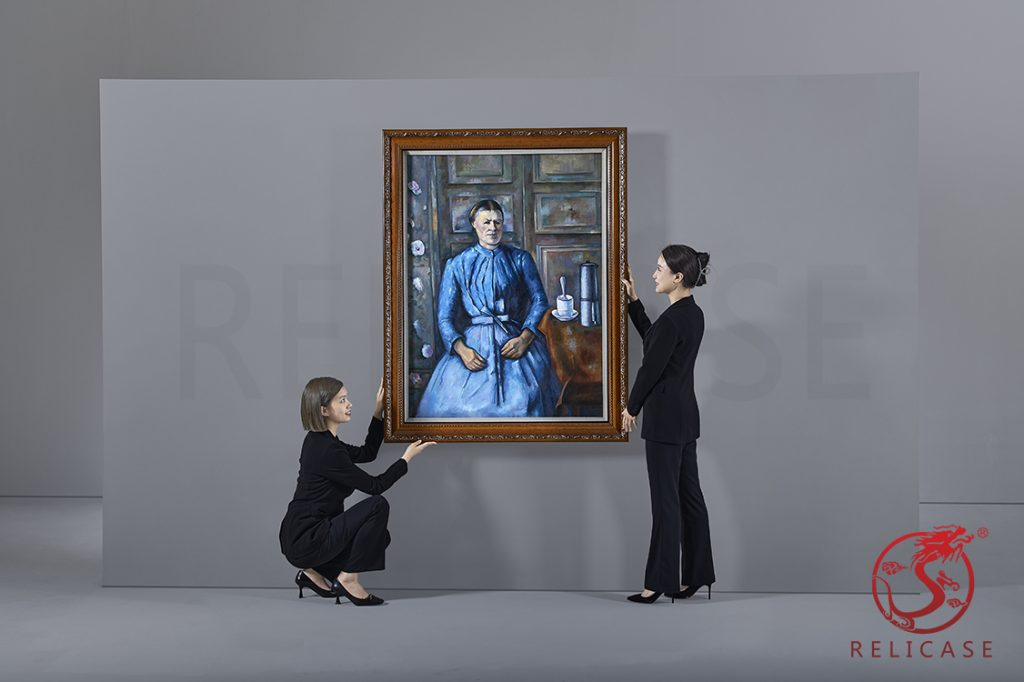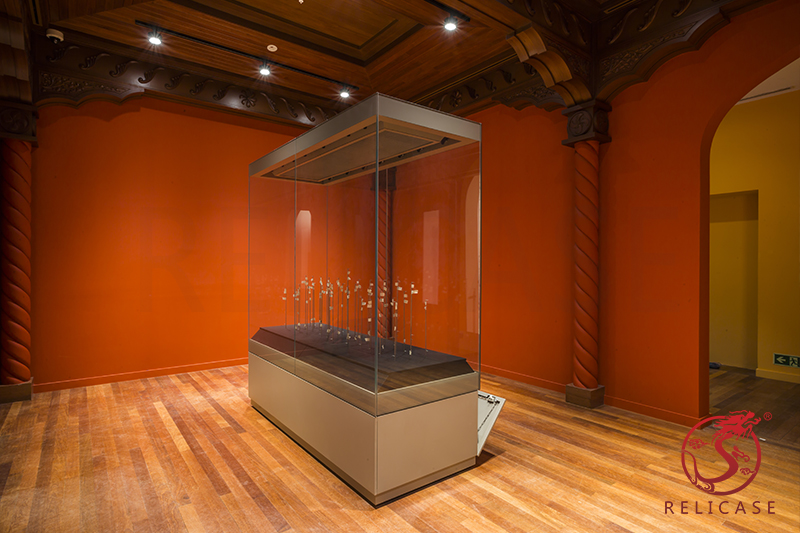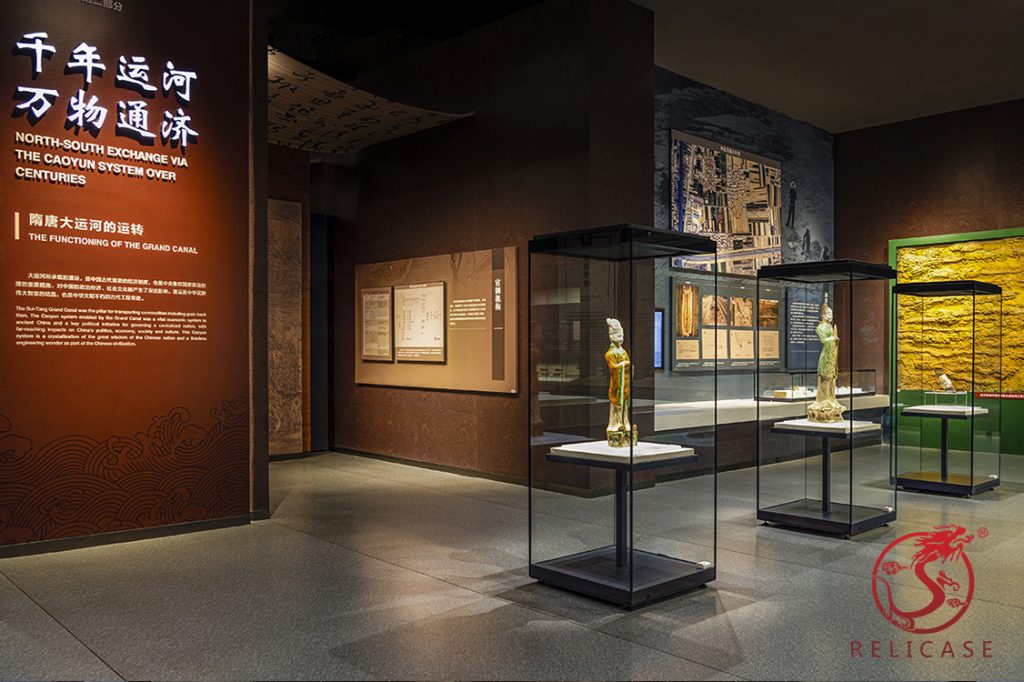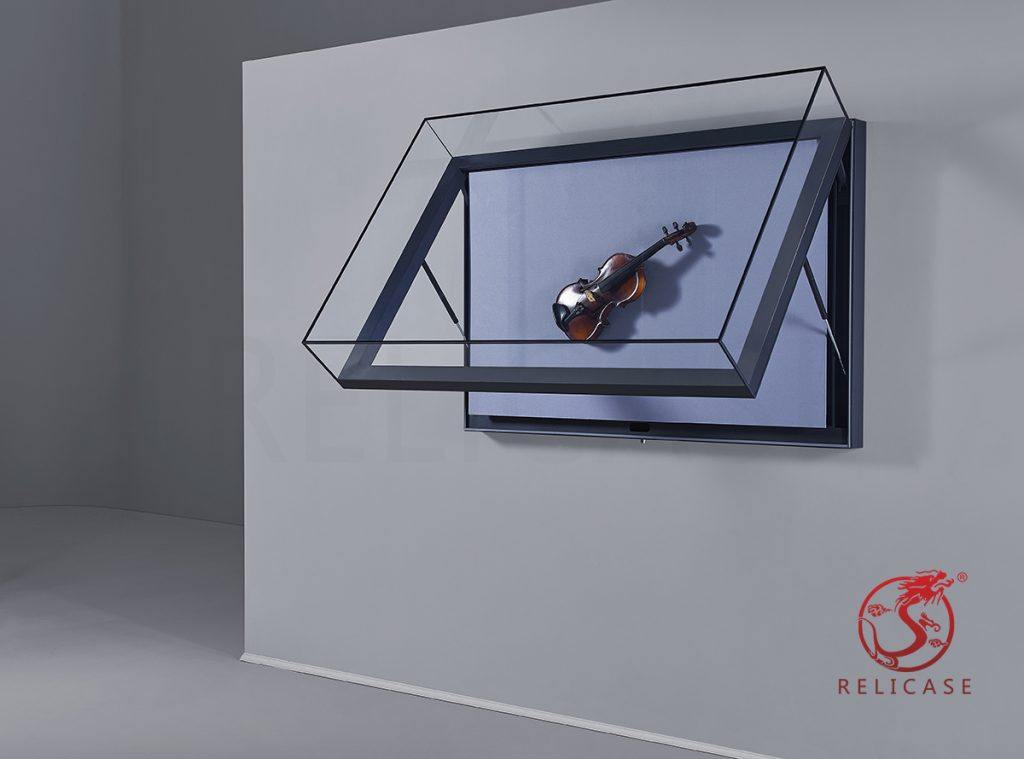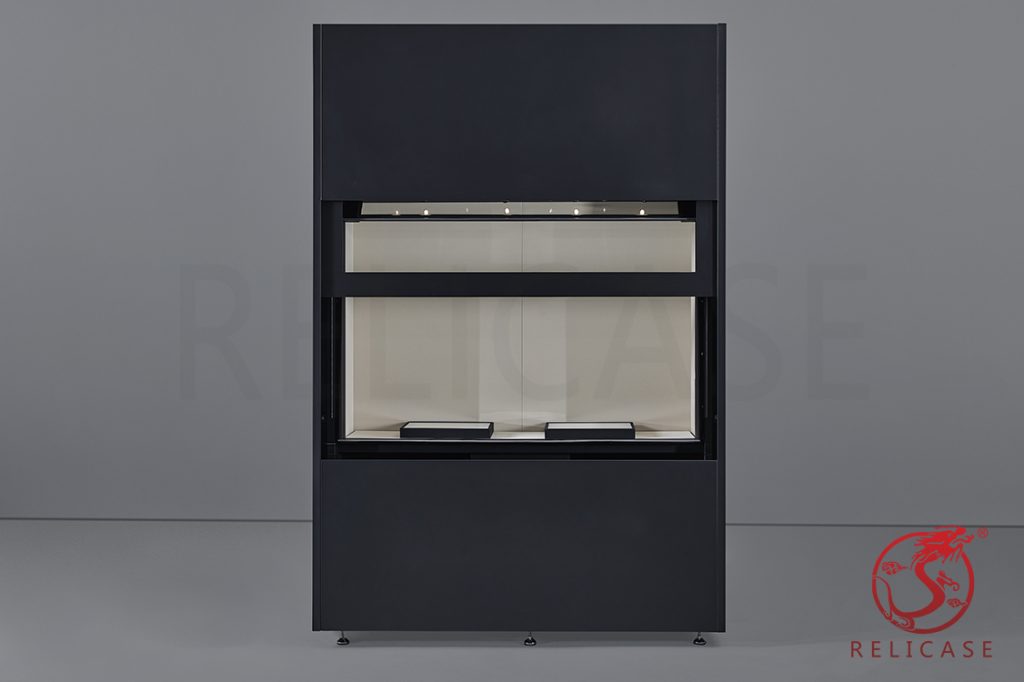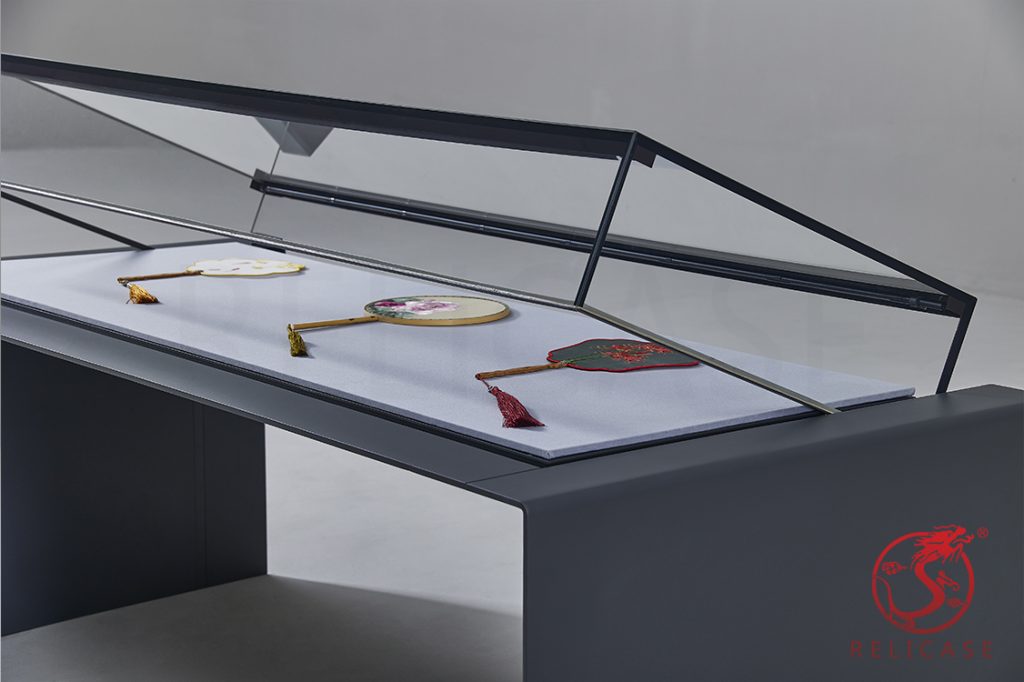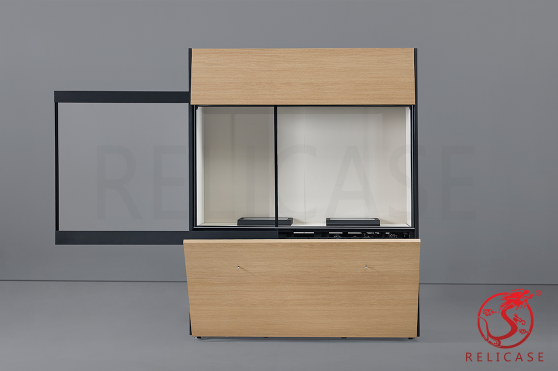What is museum exhibit display case?
A museum exhibit display case, also known as an exhibit case or showcase, is a specialized structure or enclosure designed to protect and present artifacts, artworks, or other objects of historical, cultural, or scientific importance in a museum or gallery setting. Display cases are typically made of transparent materials such as glass or acrylic, allowing visitors to view the objects inside while providing a barrier to protect them from damage, dust, and theft.
Recommended reading:Definition and Features of Museum Display Cases
What are the Museum exhibit display cases functions and purposes ?
Preservation: They create a controlled environment that helps protect objects from environmental factors such as fluctuations in temperature, humidity, light exposure, and pests. The case helps slow down the deterioration process and extends the lifespan of the displayed items.
Security: Exhibit Display cases are often equipped with locks, alarms, and other security measures to prevent unauthorized access and safeguard valuable or delicate artifacts.
Visibility: Display cases are designed to enhance the visibility and presentation of objects. They may feature lighting systems to illuminate the artifacts, adjustable shelves or platforms to showcase objects at different heights, and background materials to enhance the aesthetic appeal of the display.
Interpretation: Display cases often incorporate informative labels, graphics, or multimedia displays to provide visitors with contextual information, explanations, and narratives about the objects being exhibited.
How many types of Museum exhibit display cases Products?
Museum display cases come in various shapes and sizes, depending on the requirements of the objects being displayed. They can range from small individual cases for showcasing delicate artifacts to large, walk-in cases that can accommodate larger objects or entire exhibits. The design and construction of display cases take into account factors such as object size, weight, fragility, security needs, and the aesthetic goals of the exhibition.
Main categories:

Tower/Freestanding Display Cases
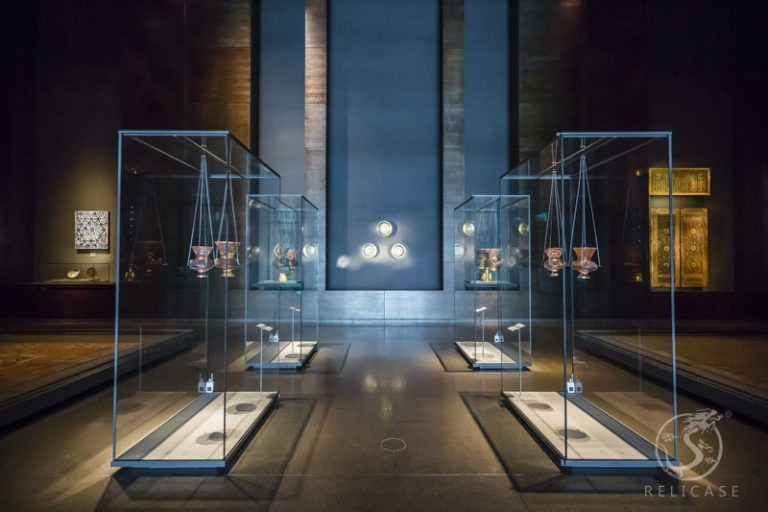
Museum Quality

Archival Quality
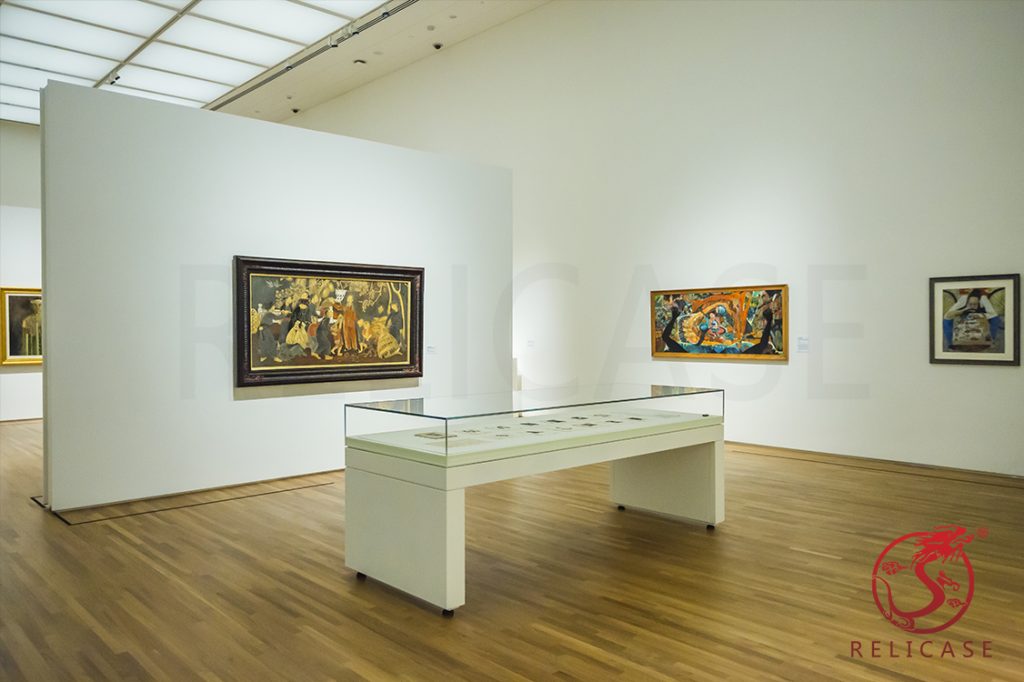
General Display
Museum exhibit display cases design
- PPEARANCE :Allow showcases to harmoniously blend into the exhibition’s environment, so as to emphasize the exhibits.
- DURABILITY :Ensure the structure of our showcases can be used in an indoor environment for an extended period without any obvious structural distortion.
- FACILITY:Ensure that clients are able to conveniently open or close, display exhibits and
- perform daily maintenance.
- PRESERVATION:Ensure that a customized interior environment is created and maintained for the preservation of the exhibit.
- SECURITY :Ensure that the operators and exhibits are well protected by internationallyrecognized security measures and advanced technology.
- Recommended reading:Museum display cases solutions
Production of museum exhibit display cases
Museum display case services
Typically involve the design, fabrication, installation, and maintenance of display cases used to exhibit artifacts, artwork, or historical objects in museums. These services are essential for preserving and presenting valuable collections to the public while ensuring their safety and security.
Display case services begin with the design phase, where professionals work closely with the museum staff to understand the exhibition requirements, collection type, and environmental considerations. Custom display cases can be created to meet specific size, shape, lighting, and security requirements.

Once the design is finalized, the display cases are fabricated using high-quality materials such as glass, acrylic, metal, or wood. Skilled craftsmen and technicians ensure that the cases are sturdy, aesthetically pleasing, and suitable for the intended purpose.

Display cases are installed in the museum exhibition spaces following proper protocols and safety measures. Professionals with expertise in handling delicate objects and valuable artifacts ensure that the installation is carried out smoothly and securely.

Display cases may incorporate environmental control systems to regulate temperature, humidity, and lighting conditions inside the case. These systems help protect the exhibited objects from deterioration and ensure their long-term preservation.

Display cases are equipped with security features like locks, alarms, and surveillance systems to prevent theft, vandalism, or unauthorized access. Museum display case services may also include integrating advanced security technologies and monitoring systems.

Regular maintenance and upkeep are crucial to ensure the optimal functioning and longevity of the display cases. Service providers may offer periodic inspections, cleaning, repairs, and replacement of components to maintain the quality and appearance of the cases.
How to maintain the museum exhibit display cases?
The museum display cases are used to display goods with a protective display stand, but it also needs to be maintained. How to maintain the museum display cases?
First, when wiping the showcases, it is best to wipe the display cases with a soft cloth that is absorbent, such as a towel, cotton, or flannel cloth, otherwise it may scratch the surface of showcases, which should be avoided as much as possible.
Second, Don’t clean the dust on the surface of the showcases with a dry cloth. The dust consists of fibers, sand, and alumina. Many people clean the surface of the showcases with a dry cloth, but in fact, these fine particles can damage the surface paint of the display cases in the friction rubbing back and forth. Although these scratches are negligibly small and even the naked eye can’t see it, but over time, it will cause the surface of the showcase looking pale and rough, and no longer shining.
-
Definition and Features of Museum Display Cases
The International Council of Museums‘ current definition of a museum (adopted in 2022):A museum is an institution that cares for (conserves) a collection of artifacts and other objects of artistic, cultural, historical, or scientific importance. One of the goals of museums is to popularize witnesses of human history (the collections). To achieve this goal, collections are…
-
Christian Dior Designer of Dreams Itinerant Exhibition
Curated by Olivier Gabet and designed by Nathalie Crinière especially for Qatar, Christian Dior Designer of Dreams celebrates nearly 75 years of creative passion, punctuated by captivating haute couture dresses and works from the collection of the Musée des Arts Décoratifs in Paris. Relicase honored to provide Production Curved Freestanding Display Case Service Of The Temporary Exhibition “Christian Dior Designer of Dreams” At The M7 – Qatar Museums
-
Relicase: Exhibit in Dubai, Engage with the world.
On November 12th 2025, the 27TH ICOM GENERAL CONFERENCE opened at the Dubai World Trade Center, the financial center of the Middle East. More than 4,000 professionals from more than 100 countries and regions around the world attended the conference, and more than 50 Chinese museum leaders, experts, scholars and enterprise representatives attended the conference. “This is a grand…
-
Museum Showcase Excellence: How Relicase Brought Ancient Shu Treasures to 300,000+ Visitors
Over 300,000 Visitors!Ancient Treasures of Shu Shine in Hengqin: The Mystique of Sanxingdui and Jinsha Captivates Audiences The special exhibition Ancient Treasures of Shu: Sanxingdui and Jinsha attracted more than 300,000 visitors, including nearly 60,000 from Hong Kong, Macau, and Taiwan, making up almost 20% of the total audience. On April 24, the three-month exhibition…
-
Relicase at Macau Museum: Safeguarding Heritage, Celebrating Legacy
Macau Museum: “Edification of the Masses — Cultural Treasures from the Zhou, Qin, Han, and Tang Dynasties” A Landmark Embraces Innovation The Macau Museum stands proudly atop the historic Mount Fortress, next to the famous Ruins of St. Paul’s. As an iconic symbol of Macau’s history and multicultural heritage, it now embraces the touch of…

